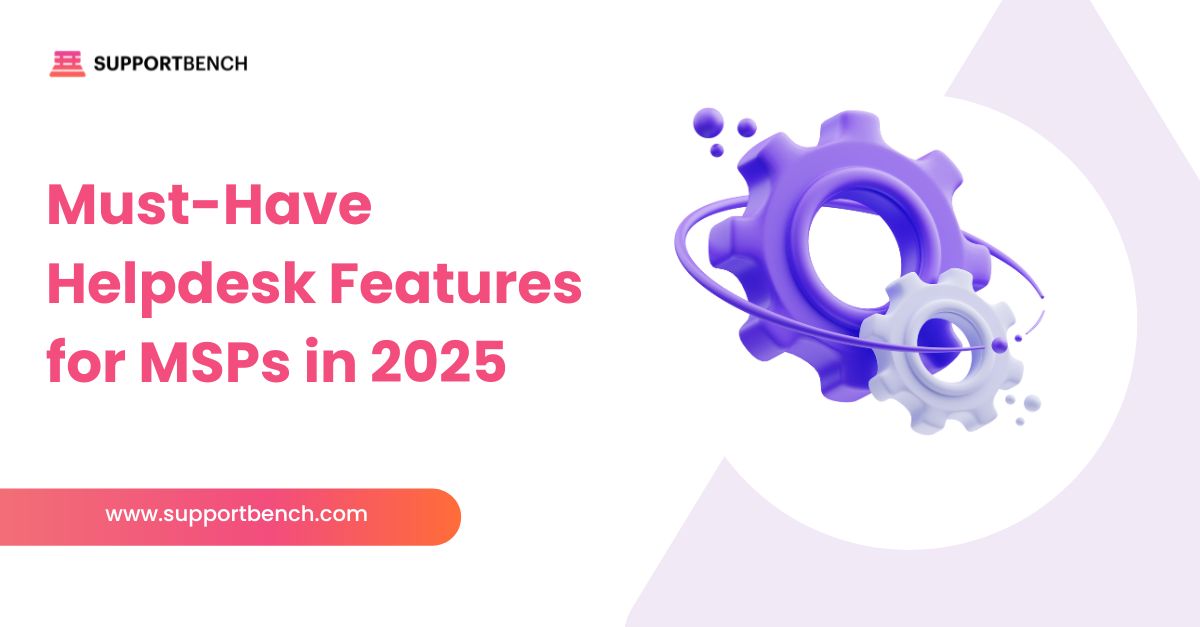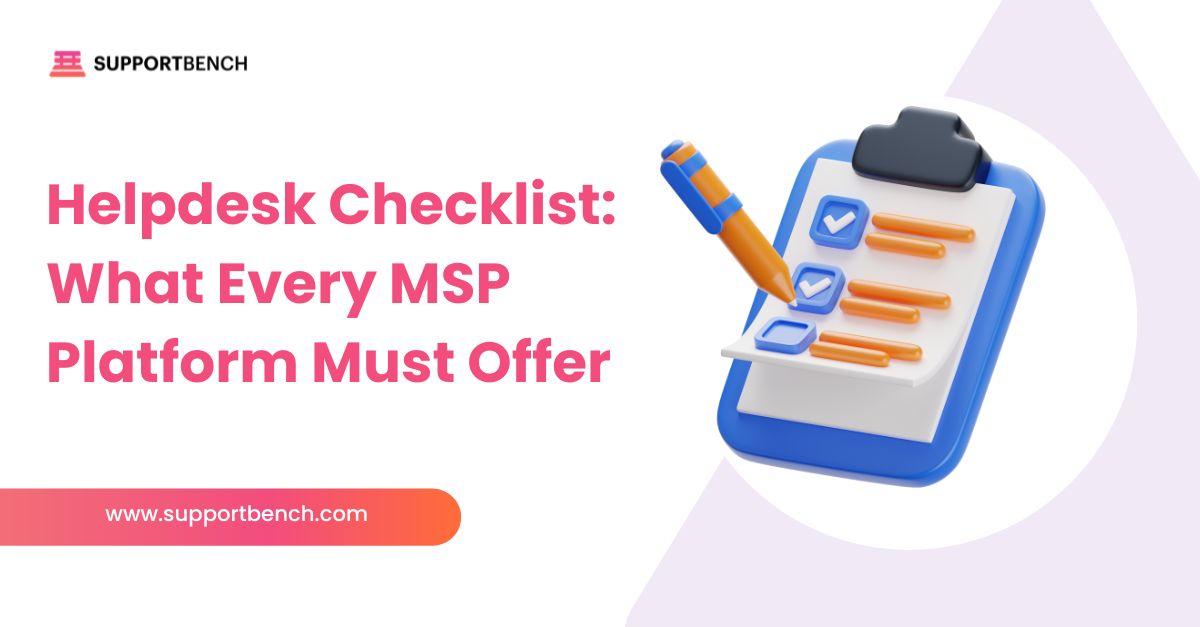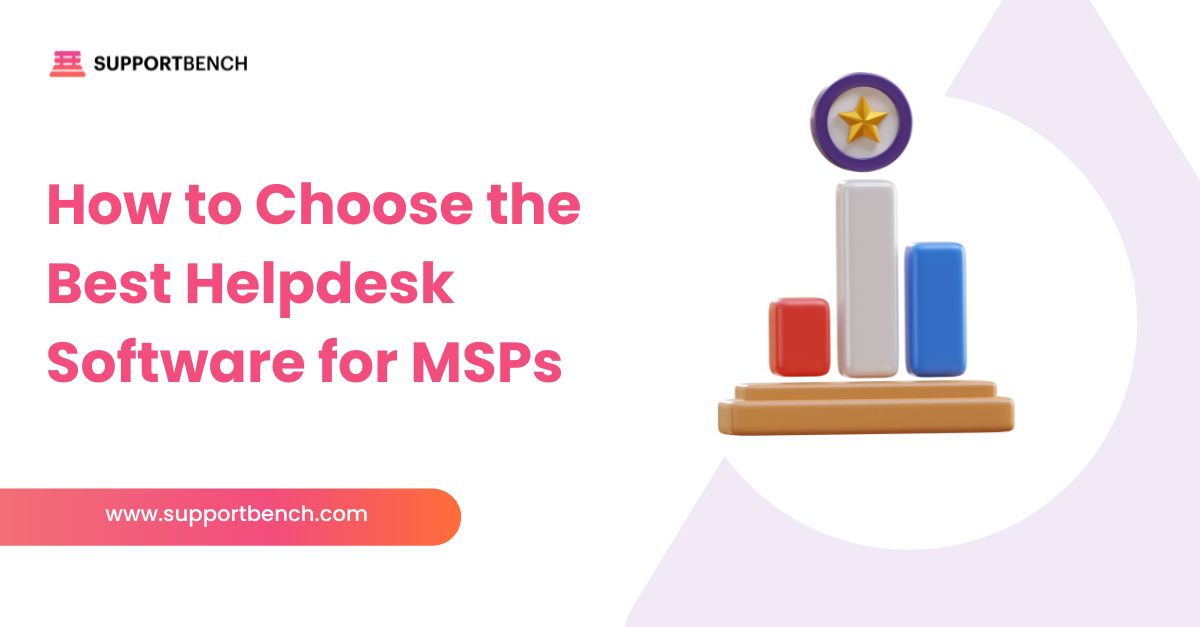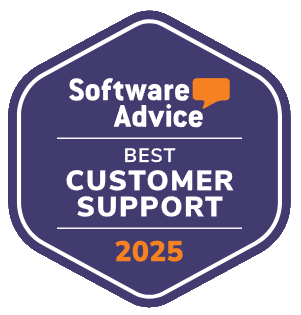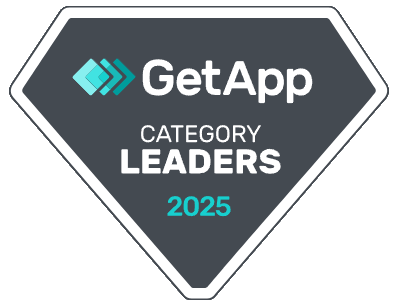One of the most visible and impactful metrics you can influence early on is First Response Time (FRT). That initial acknowledgment and engagement with a customer query sets the tone for their entire support experience. Long waits breed frustration, erode confidence, and can even lead to churn, especially in demanding B2B environments where timely support is often a contractual expectation.
The good news? You don’t necessarily need to immediately expand your team roster to make significant dents in your FRT. Before you jump to the “we need more agents” conclusion, there’s a wealth of strategies focused on process optimization, intelligent automation, technology leverage, and empowering your existing team. These approaches can unlock hidden efficiencies and help your current agents respond faster and more effectively.
This guide, a key component of your journey as outlined in The Ultimate Customer Support Playbook for New Managers, will explore practical, actionable ways to cut those crucial First Response Times, making your customers happier and your operations smoother, all without breaking the bank on new hires.
Here is the Quick Answer:
- FRT is a Critical First Impression: Reducing First Response Time (FRT) is a high-impact way for new support leaders to improve customer satisfaction and team efficiency without immediately increasing headcount.
- Optimize Processes Before People: Focus on streamlining workflows, implementing smart automation, enhancing self-service options, and improving internal knowledge sharing before considering hiring as the primary solution.
- Leverage Your Tech Stack Intelligently: Your helpdesk, especially a B2B-focused platform like Supportbench with AI capabilities, offers powerful tools for intelligent ticket routing, automated responses, SLA management, and agent assistance that directly slash FRTs.
- Empower Your Existing Team: Equip your agents with better tools, clearer prioritization guidelines, readily accessible knowledge, and efficient internal communication channels to help them respond faster and more effectively.
- Strategic Triage and Prioritization are Key: Not all tickets are created equal. Implement clear frameworks and utilize technology to ensure urgent and high-value B2B customer issues receive the quickest attention.
Why Focus on FRT First? The Ripple Effect of Rapid Response
Before we dive into the “how,” let’s briefly reiterate why FRT is such a critical lever for new support leaders:
- Manages Customer Expectations: A quick first response, even if it’s just to acknowledge receipt and set expectations for a full resolution, shows the customer they’ve been heard.
- Boosts Customer Satisfaction (CSAT): Studies consistently show a strong correlation between lower FRT and higher CSAT.
- Reduces Customer Anxiety & Churn: Customers left waiting wonder if their issue is lost in a black hole. Promptness builds confidence.
- Prevents Issue Escalation & Repeat Contacts: Sometimes, a quick, accurate first response can solve the issue entirely, preventing follow-ups or escalations born out of frustration.
- Improves Team Morale: When agents aren’t constantly battling a queue of angry, waiting customers, their stress levels decrease, and job satisfaction can improve.
- It’s a Visible Win: Reducing FRT is a tangible improvement you can often achieve and demonstrate relatively quickly, building credibility with your team and leadership.
Now, let’s explore the strategies.
Strategy 1: Optimize Your Intake and Triage Processes
How tickets enter your system and how they’re initially handled can dramatically impact FRT. Inefficiencies here create immediate delays.
A. Streamline Ticket Creation Channels
- Clear Submission Paths: Ensure customers have obvious and easy ways to submit tickets (e.g., well-placed contact forms, clear email addresses, intuitive portal submission).
- Gather Essential Information Upfront: Design your intake forms (web forms, portal submissions) to capture crucial information needed for initial diagnosis and routing (e.g., product affected, error messages, customer ID). This reduces back-and-forth later.
- B2B Tip: For B2B clients, pre-filling known information like company name or contract level based on login can speed this up.
B. Implement Intelligent Ticket Routing & Assignment
Manually sorting and assigning every ticket is a huge FRT killer.
- Keyword-Based Routing: Set up rules in your helpdesk to automatically route tickets to specific teams or agents based on keywords in the subject or body (e.g., “billing,” “API issue,” “urgent”).
- Skill-Based Routing: If you have agents with specialized skills, route relevant tickets directly to them.
- Round-Robin or Load-Balanced Assignment: Ensure new tickets are distributed fairly and promptly to available agents, rather than piling up in a general queue.
- Supportbench Angle – AI-Powered Precision: “This is where a modern B2B helpdesk like Supportbench excels. Its AI Automation can intelligently analyze incoming ticket content, customer data (like tier or history), and agent availability to auto-prioritize cases, auto-assign issue types, and auto-tag cases. This means the right tickets get to the right agents faster, without manual intervention, significantly cutting down the initial delay before an agent even sees the ticket.”

C. Establish a Clear Prioritization Framework
Not all tickets are created equal in terms of urgency or impact, especially in B2B.
- Define Priority Levels: Clearly define what constitutes high, medium, and low priority. Consider factors like:
- Issue severity (e.g., system down vs. minor UI bug).
- Customer impact (e.g., number of users affected).
- B2B Account Tier/SLA (VIP clients or those with tighter contractual SLAs often require faster responses).
- Potential revenue impact.
- Train Your Team: Ensure every agent understands the prioritization matrix and how to apply it.
- Visual Cues in Helpdesk: Use tags, colors, or dedicated queues in your helpdesk to make high-priority tickets visually stand out.
- Supportbench Angle – Dynamic SLAs Drive Prioritization: “Supportbench’s dynamic SLAs can automatically adjust response time targets based on these B2B-specific criteria (e.g., a critical issue from a premium client automatically gets a shorter FRT target). This embeds prioritization into the system itself.”
Strategy 2: Leverage Automation & Self-Service
Automating common responses and empowering customers to find their own answers can deflect a significant number of tickets, freeing up agents to respond faster to those that do require human intervention.
A. Effective Auto-Acknowledgements & Expectations Setting
While not a “first response” in the resolution sense, a well-crafted auto-reply is crucial.
- Confirm Receipt Immediately: Assure the customer their message was received.
- Set Realistic Expectations: Provide an estimated timeframe for a human response (e.g., “We aim to respond to all inquiries within X business hours”). Be honest and, if possible, under-promise and over-deliver.
- Provide Self-Help Links: Include links to your FAQ, knowledge base, or community forum where customers might find an immediate answer.
- Channel Specifics: Tailor auto-replies for different channels (e.g., a more concise one for chat).
B. Harness the Power of AI Auto-Responses (Intelligently)
This goes beyond simple auto-acknowledgements.
- AI for Common, Simple Queries: For frequently asked questions with straightforward, documented answers in your knowledge base, AI can often provide the actual answer as the first response.
- Supportbench Angle – AI as Your First Responder: “Supportbench’s AI auto-responses feature allows the system to analyze incoming queries and, if a high-confidence answer exists in your KCS-driven knowledge base, deliver it directly to the customer. This isn’t just an acknowledgement; it’s a potential first-contact resolution driven by AI, instantly satisfying the customer and removing that ticket from the queue for FRT calculations.”
C. Build and Promote a Robust Self-Service Portal & Knowledge Base
The best way to reduce FRT for some tickets is to prevent them from being created in the first place.
- Comprehensive FAQ & Knowledge Base: Invest in creating clear, concise, easily searchable help articles, tutorials, and troubleshooting guides. (Our guide on “Building a Knowledge Base That Doesn’t Suck” can help here).
- Make it Easy to Find: Your knowledge base should be prominently displayed on your website, within your app, and linked in auto-replies.
- Website Widget for Self-Service:
- Supportbench Angle: “Supportbench’s website widget allows users to browse your knowledge base and common FAQs directly from any page on your site. This proactive self-service can answer questions before a user even thinks about submitting a ticket.”
- AI-Powered Search & Chatbots:
- Supportbench Angle: “Supportbench’s Customer QA AI Bot and AI Custom Knowledge Base AI Bot can power your self-service. Customers can ask questions in natural language via the widget or portal, and the AI will intelligently search your KB to provide answers. If it can’t find one, it seamlessly allows the user to raise a case, but only after attempting self-service.”

Strategy 3: Empower Your Agents for Speed and Efficiency
Your existing team can respond faster if they have the right tools, information, and authority.
A. Optimize Your Helpdesk for Agent Speed
A clunky helpdesk is a major drag on FRT.
- Intuitive Interface: Ensure your helpdesk is easy for agents to navigate. Minimize clicks needed for common actions.
- Canned Responses/Macros (Use Wisely): For common, repetitive parts of responses (greetings, standard troubleshooting steps, links to KBs), provide well-crafted, easily accessible canned responses. Train agents to personalize them to avoid sounding robotic.
- Keyboard Shortcuts: Encourage the use of keyboard shortcuts within the helpdesk.
- Agent Workspace Optimization: Allow agents to customize their workspace to see the information most relevant to them quickly.
- Supportbench Angle: Features like an email editor that feels like Outlook (allowing easy copy-pasting of images) and the ability to manage all support email addresses in one place in Supportbench reduce daily friction and save agents time, indirectly contributing to faster responses.
B. Ensure Lightning-Fast Access to Information
Agents can’t respond quickly if they’re hunting for answers.
- Internal Knowledge Base (Agent-Facing): Maintain a comprehensive, easily searchable internal KB with detailed troubleshooting guides, internal processes, and known issue workarounds.
- Supportbench Angle – AI as an Agent’s Research Assistant: “Supportbench’s AI Agent-Copilot can look back at previous similar cases, and search both internal and external knowledge bases to find relevant answers and suggestions while the agent is working on the ticket. This drastically reduces research time. The AI Agent Knowledgebase AI Bot also allows agents to query the entire KB directly for quick answers.”
- Contextual Information Pop-ups:
- Supportbench Angle: With Salesforce synchronization and customer notes, Supportbench can provide agents with crucial customer context (e.g., from their CSM, their licensing info, recent activity) directly within the helpdesk before they even start typing their first response. This avoids wasted time looking up information in other systems.
C. Streamline Internal Communication & Collaboration
Sometimes an agent needs a quick consult before responding.
- Dedicated Internal Chat Channels: Have channels (e.g., in Slack or Teams, or an internal helpdesk chat) for quick questions among agents or with subject matter experts.
- Clear Escalation Paths (but aim to reduce need): While efficient escalation is important (see “From Chaos to Clarity: How to Set Up an Escalation Management System“), focus on empowering frontline agents to resolve more issues themselves to improve FRT.
D. Templates for Common Responses (Beyond Simple Macros)
- Response Starters: For common issue types, provide agents with template “starters” that outline the key information to gather or initial steps to suggest. This gives them a head start.
- Supportbench Angle – AI-Drafted Responses: “Supportbench’s AI Agent Activity Creation Helpers can go a step further. Within the activity editor, an agent can ask the AI to ‘create a response.’ The AI will look at all past interactions on the case and create a draft of the next logical response, which the agent can then review, edit, and send. This is a massive FRT booster for subsequent replies, and can even inform how an agent crafts their initial response if they quickly scan AI-generated summaries of similar past cases.”

Strategy 4: Proactive Measures & Team Management
Strategic team management can also contribute to lower FRTs.
A. Optimize Agent Schedules & Staffing (Within Existing Headcount)
- Staggered Shifts/Breaks: Ensure adequate coverage during peak hours by strategically scheduling shifts, lunches, and breaks.
- Dedicated “Triage” Role (Rotational): Consider having one agent per shift dedicated to quickly reviewing, categorizing, and assigning incoming tickets, ensuring nothing sits untouched for long. This can be a rotational duty.
B. Monitor Key Metrics & Identify Bottlenecks
- Track FRT Continuously: Use your helpdesk dashboards to monitor FRT in real-time or near real-time. (As highlighted in “Top Metrics Every New Head of Support Should Track“).
- Identify Peak Times & Common Issues: Analyze when FRT suffers most or which types of tickets experience the longest initial delays. This can inform scheduling or where to focus automation/KB efforts.
C. Invest in Targeted Training
- Product Knowledge: The more confident agents are in their product knowledge, the faster they can diagnose and respond.
- Process Efficiency: Train agents on the most efficient ways to use the helpdesk, knowledge base, and other tools.
- Prioritization Skills: Reinforce how to quickly identify and prioritize urgent tickets.
Caution: Don’t Sacrifice Quality for Speed
While reducing FRT is important, it should never come at the expense of response quality or resolution accuracy. A quick, unhelpful, or incorrect response is often worse than a slightly slower, correct one. The goal is a fast AND effective first response. Ensure your QA processes and CSAT monitoring remain robust as you implement these FRT-reduction strategies.
Speed, Smarts, and Systems for Faster First Responses
Cutting First Response Times without hiring more agents is not about pushing your existing team harder; it’s about empowering them to work smarter. By optimizing your intake and triage processes, strategically leveraging automation and self-service, equipping your agents with better tools and instant access to information, and managing your team proactively, you can achieve significant reductions in FRT.
For new Heads of Support, focusing on these areas delivers a powerful double-win: happier, more engaged customers who feel heard quickly, and a more efficient, less stressed support team. And when your helpdesk platform, like Supportbench, is designed with B2B complexities and AI-driven efficiencies at its core, it becomes your most powerful ally in this quest for speed and quality, helping you make that crucial positive first impression, every time.



